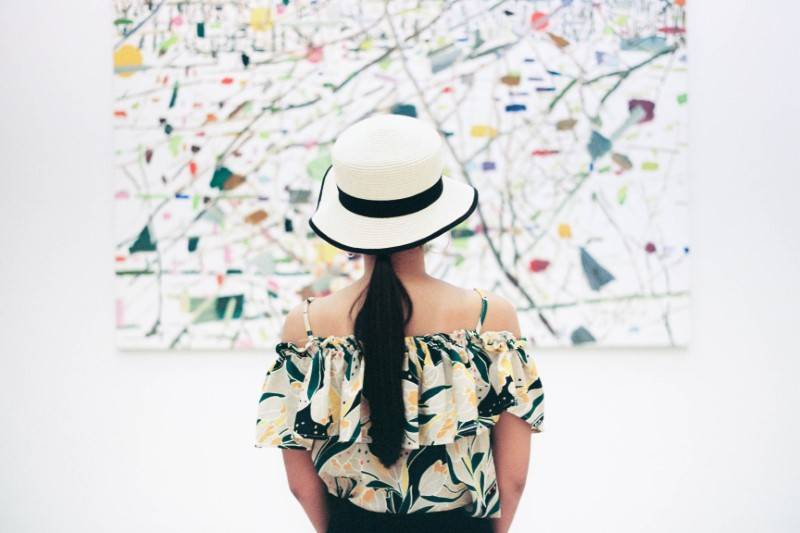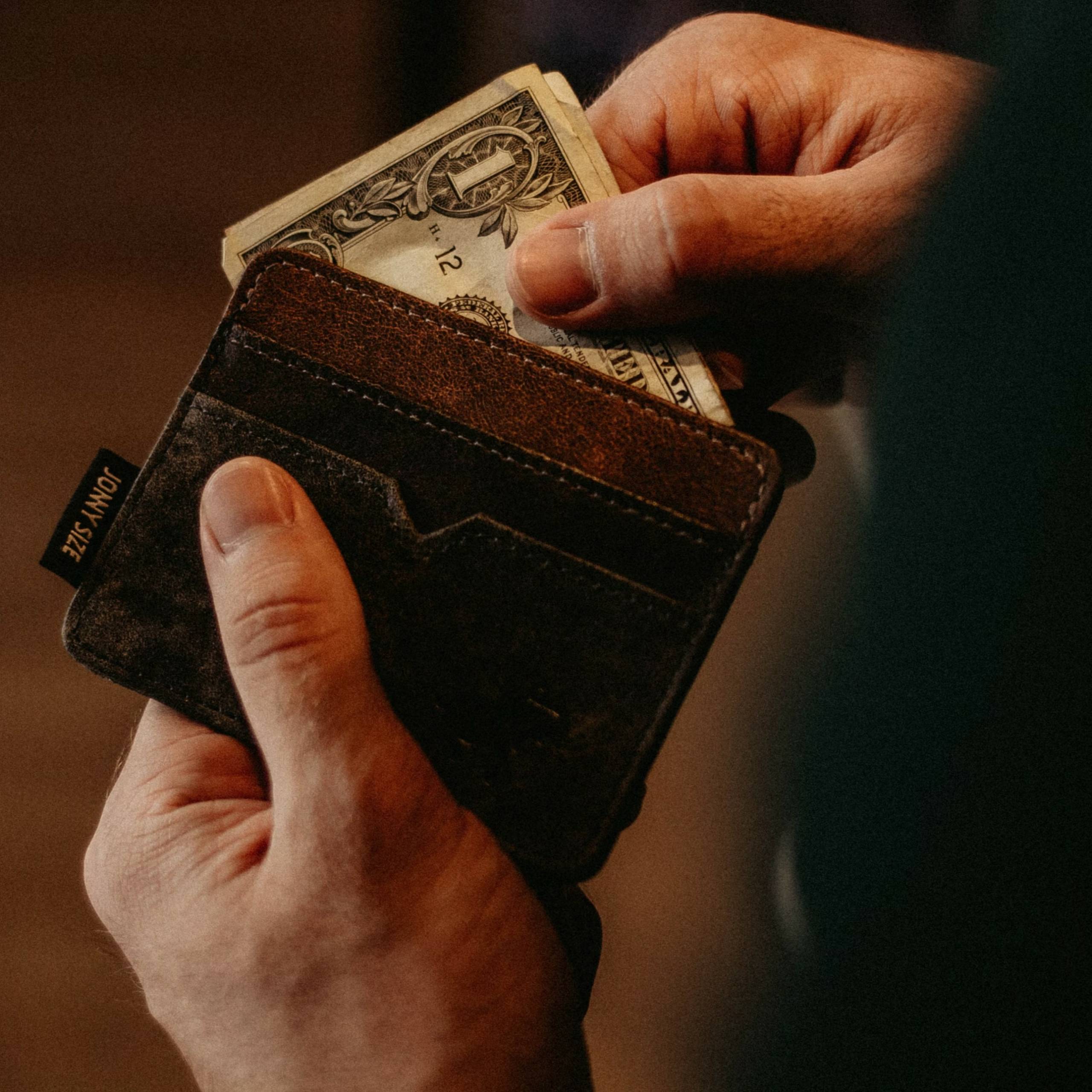Cultural Capital: Portrait of a Perfect Collector
From the very first purchase through to the formation of a contemporary art collection, five leading dealers tell Elizabeth Fortescue the things they believe make up the mindset of the perfect collector.
Words: Elizabeth Fortescue
The perfect art collector takes their first, novice steps by overcoming the natural fear of spending hard-earned money on something that can’t be eaten, driven or lived in, and might never be worth any more than what they pay for it.
Having hung that first purchase on the wall, the perfect collector will see that buying a piece of art wasn’t so hard after all. That little charge of joy they get from seeing it in the living room will come to be sufficient reward, and they’ll stop fretting about whether the artist will be the next wunderkind with values to match.
The perfect collector will go on to develop a collection that satisfies and challenges them, learning more and more about art and artists as they attend openings, read art books and go on studio visits.
They’ll never look down on those early works of art they bought before their tastes matured. They will still enjoy those pieces as stepping stones on their journey towards a fuller appreciation of art.
And finally, the perfect collector will no longer be intimidated by art that poses questions they can’t yet answer. Rather, they will see that unknowability as an invitation to work harder to discover the voice of the artist behind the work.
This highly speculative portrait is painted from a variety of comments gleaned by Art Collector from four gallery owners and one art auctioneer when asked to describe the perfect art collector.
The industry professionals we went to were Simon Chan from Art Atrium in Sydney, Sophie Gannon from Sophie Gannon Gallery in Melbourne, Damian Hackett from Deutscher and Hackett auctioneers in Sydney and Melbourne, Margaret Moore from Moore Contemporary in Perth, and Stuart Purves from Australian Galleries in Sydney and Melbourne.
As Hackett says, there’s more than one type of perfect collector: “There are people who come in here and they know exactly what they’re doing and what they want. They’re experienced at bidding and they make surgical strikes. That’s wonderful. But I much prefer the collectors who engage with us, because that makes our life much more interesting too.”
Hackett also points to trust as an important element: “One of the most expensive pictures I’ve ever sold was during Covid,” he says. “It was a Fred Williams painting and we had an estimate of $1.4 million to $1.8 million on it. I know this fellow very well and I know that he was looking for the best Fred Williams that money could buy. He ended up paying over $2.8 million for it, but the first time he saw it in the flesh was when we delivered it to him. He made that decision purely by knowing the artist, but also by the information we could provide to make him comfortable to do that.”
Thankfully, collectors don’t need pockets as deep as that collector. Moore says a collection can be built on almost any budget. “In the best interests of the artists and galleries, we all hope people can spend good sums of money,” she says. “But the reality is that good collectors are more people that engage with the work and value the practice of art. It means people are culturally and socially open to the practice of art and what artists bring to our culture and our life. The level of appreciation is far more enduring in a way (than the price paid).”
Moore says quickly on-selling a work of art is very unlikely to produce a good fiscal result, and, “seems a little less nourishing to me”.
Purves thinks the perfect collector is someone who, among other characteristics, recognises that buying art is not about trying to make money: “You can’t do it for the money; it always falls over.”
Surprisingly, he advises clients against buying artworks when it’s love at first sight. “I say, ‘don’t be 100 percent sure when you’re making up your mind’,” Purves says. “‘Leave at least 10 percent or more to grow into, because if you totally love it you might find that it’s too unsatisfying in the long run’.”
With a tougher work, however, “the artist is going to be ahead of you, and they will pull you up culturally,” says Purves.
Purves notes the best collectors are often very successful people who realise instinctively that, “they can never defeat an artist, and if they did then that artist is no good for them”.
Asked what he meant by that, Purves says: “You can’t manipulate an artist like you can manipulate business. You can’t take the ingredients of a successful business and apply it to an artist. It’s the challenge the collectors want, as much as anything.”
Gannon prizes collectors who are willing to learn, and have the confidence to follow their own tastes. They will eventually see their collection as something of an autobiography, reflecting the situations they were in at various times in life.
Hackett has seen many collectors face the hurdle that is the first purchase. When he worked with art dealer Rex Irwin in the early 1990s, a less than confident first-time buyer came into the gallery and bought a $4,000 painting by Nicholas Harding. Hackett little knew that this timorous debutante had, “more money than God. I think the last picture I sold this guy was $1.2 million.”
Photo courtesy: Vincent Tantardini, Unsplash.
This article was originally published in Art Collector issue 106, October to December 2023.







